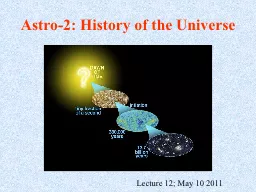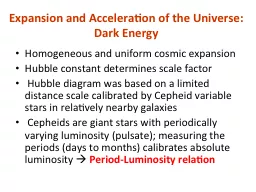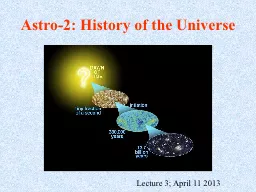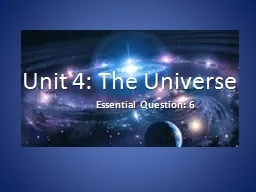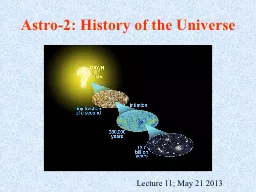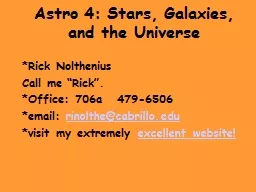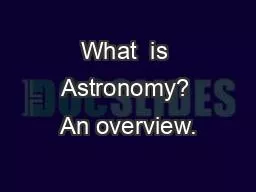PPT-Class Notes: Objects in the Universe
Author : lois-ondreau | Published Date : 2017-10-30
Major components of the universe include Galaxies Black Holes Nebulae Stars A galaxy is a large grouping of stars and interstellar gas and dust These components
Presentation Embed Code
Download Presentation
Download Presentation The PPT/PDF document "Class Notes: Objects in the Universe" is the property of its rightful owner. Permission is granted to download and print the materials on this website for personal, non-commercial use only, and to display it on your personal computer provided you do not modify the materials and that you retain all copyright notices contained in the materials. By downloading content from our website, you accept the terms of this agreement.
Class Notes: Objects in the Universe: Transcript
Download Rules Of Document
"Class Notes: Objects in the Universe"The content belongs to its owner. You may download and print it for personal use, without modification, and keep all copyright notices. By downloading, you agree to these terms.
Related Documents


